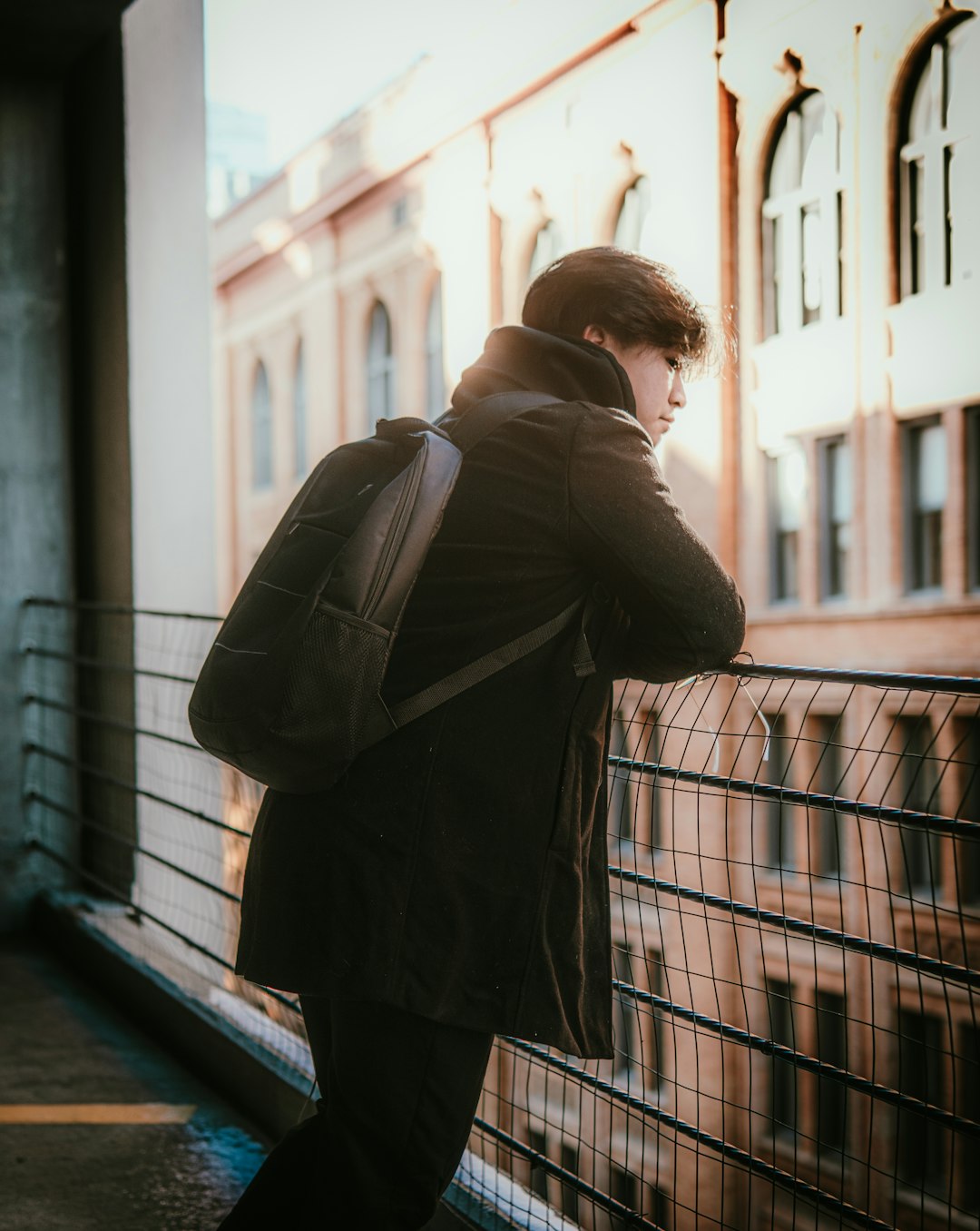Relationships can be a maze of emotions, expectations, and behaviors. One common dynamic that leaves many feeling confused and hurt is when a partner with avoidant attachment tendencies withdraws or “pulls away.” If you're reading this, you might be wondering: Do avoidants come back after pulling away? Understanding the psychology behind avoidant attachment and how it shapes relationship patterns can be the first step toward healing, clarity, and growth.
Understanding Avoidant Attachment
Attachment theory, developed by psychologist John Bowlby, proposes that the bonds we form in childhood with our caregivers shape how we connect with others in adulthood. Among the four primary attachment styles—secure, anxious, avoidant, and fearful-avoidant—people with avoidant attachment often struggle the most with emotional closeness.
What Is Avoidant Attachment?
An avoidant attachment style typically develops when caregivers are emotionally distant, unavailable, or dismissive. Adults with this style may value independence, feel uncomfortable with vulnerability, and often retreat when the relationship becomes too emotionally demanding. Common behaviors include:
- Pulling away after periods of closeness
- Downplaying their need for others
- Suppressing emotions
- Struggling with intimacy and dependence
This tendency to distance themselves can create cycles of connection and withdrawal, often leaving partners feeling confused and insecure.
Why Do Avoidants Pull Away?
When someone with an avoidant attachment style feels overwhelmed or threatened by intimacy, their first instinct is often to retreat. But what exactly drives this pattern?
Common Triggers for Withdrawal
- Fear of Vulnerability: Genuine closeness can trigger fears of being hurt or losing independence.
- Perceived Pressure: Partners may seem too "needy" or demanding, which makes the avoidant partner feel suffocated.
- Internalized Beliefs: They may believe their needs don't matter or that relying on others is dangerous.
- Conflict Avoidance: Rather than addressing relationship problems directly, avoidants often choose emotional withdrawal.
The result? A sudden or gradual pulling away that leaves their partners anxious and seeking answers.
Do Avoidants Come Back After Pulling Away?
This is perhaps the question at the heart of your concerns. The answer? It's complicated—but often, yes. Many avoidant individuals do reinitiate contact after distancing themselves. However, this pattern is nuanced and varies greatly from person to person.
Why Do They Return?
- The Need for Connection: Everyone, even avoidants, craves connection at some level. After spending time alone, they may feel lonely or realize they miss their partner.
- Emotional Regulation: Time apart can allow avoidants to process emotions and reduce the anxiety that triggered their withdrawal.
- Attachment System: The natural ebb and flow of attachment needs means avoidants may oscillate between distancing and seeking closeness.
It's crucial to note that how and when they return depends on many factors, including the dynamics of your particular relationship, the level of emotional safety they feel, and their own personal growth journey.
The Cycle of Distancing and Returning
Avoidant partners often operate in a cyclical pattern—getting close, feeling overwhelmed, pulling away, and eventually coming back when they feel safe again. Understanding this cycle can shed light on what's really happening and how to respond.
How the Cycle Works
- Closeness: The relationship intensifies, and emotional intimacy grows.
- Anxiety Triggers: The avoidant partner starts to feel uncomfortable or anxious about losing their independence or being vulnerable.
- Withdrawal: They create distance, which may include reduced communication, making excuses, or even ghosting.
- Reflection Period: With space, their anxiety decreases, and they reflect on their feelings—sometimes missing their partner or realizing the connection matters to them.
- Re-engagement: The avoidant partner reaches out or returns to the relationship, often acting as if nothing happened.
Partners caught in this loop often feel as though the relationship never truly moves forward, with intimacy always just out of reach.
Signs an Avoidant May Come Back
While there's no guaranteed way to predict someone's behavior, there are some common indicators that an avoidant individual may return after pulling away:
- Periodic check-ins (texts, calls, or social media interactions)
- Increased engagement after a period of silence
- Expressions of missing you or reminiscing about shared experiences
- Seeking logistical or practical reasons to reconnect ("I left something at your place")
- Reactions to your absence, such as jealousy or curiosity about your life
It's important not to interpret every contact as a sign of genuine desire for intimacy; sometimes, avoidants reach out to alleviate their own discomfort rather than to build a deeper connection.
Factors That Influence Whether They Come Back
Every individual and every relationship is unique, but some factors can make it more or less likely that an avoidant partner will return after pulling away:
1. Level of Attachment
If your connection was meaningful and emotionally significant, there's a higher chance that the avoidant person will feel drawn back to you. Superficial or short-term interactions are less likely to evoke this attachment response.
2. Emotional Safety
Avoidants are more likely to return if they feel that their boundaries and need for space are respected. If the relationship environment is low-conflict and nonjudgmental, it makes it safer for them to re-engage.
3. Your Reaction to Withdrawal
Ironically, chasing after an avoidant partner or criticizing them for pulling away often drives them further into withdrawal. Maintaining your own boundaries, staying calm, and giving them space tend to increase the likelihood of their return.
4. Personal Growth
Some avoidant individuals consciously work on their attachment style through therapy, self-awareness, or self-help practices. If they're committed to growth, they may break the cycle more quickly or communicate more openly about their needs.
What to Do When an Avoidant Partner Pulls Away
Whether you're dating, married, or in the early stages of a connection, your partner's withdrawal can feel destabilizing. Here's what you can do to take care of yourself and nurture your relationship:
1. Don't Panic or Take It Personally
Remind yourself that avoidant behaviors are rooted in previous experiences and emotional wiring, not necessarily a reflection of your worth or flaws.
2. Give Them Space
Respecting their need for distance can paradoxically strengthen your bond. Refrain from excessive texting, calling, or trying to force a conversation about the withdrawal.
3. Maintain Your Own Life
Stay engaged with friends, hobbies, and self-care. This not only keeps you emotionally balanced but also signals that you're secure in yourself—a key trait that can ease an avoidant's anxiety.
4. Communicate with Compassion
When your partner does check in, express your feelings honestly but without blame. For example: "I noticed you seemed distant recently, and it made me feel unsure about where we stand. I'd love to understand what's going on for you."
5. Set Healthy Boundaries
Don't let the cycle of withdrawal and return dictate your emotional wellbeing. Clarify what you need in a relationship and be prepared to advocate for those needs—or walk away if they can't be met.
Can the Cycle Be Broken?
The distancing-and-returning pattern isn't inevitable. Many individuals with avoidant attachment are capable of shifting toward more secure styles, especially with time, support, and intentional effort. Here are some steps that can help both partners:
- Therapy: Individual or couples therapy can foster self-awareness and teach new ways of relating.
- Open Communication: Regular, non-defensive conversations about needs, boundaries, and fears can disrupt negative cycles.
- Education: Learning about attachment styles can help both partners depersonalize conflict and approach challenges with empathy.
Breaking the pattern requires consistent vulnerability, patience, and mutual commitment. Some relationships grow stronger through this process, while others reveal incompatible needs and boundaries.
When to Reconsider the Relationship
While it's common to hope that an avoidant partner will return, it's essential to evaluate the long-term impacts on your mental health. Over time, repeated cycles of distancing and returning can erode self-esteem, deepen anxiety, and lead to emotional exhaustion.
Red Flags to Watch For
- Consistent emotional unavailability
- Refusal to acknowledge or work on avoidant patterns
- Lack of empathy for your emotional needs
- Gaslighting or dismissive behaviors when you express concerns
If these patterns persist, consider seeking guidance from a therapist or trusted advisor. Sometimes, the healthiest decision is to step away and prioritize your own growth and wellbeing.
Supporting Yourself While Loving an Avoidant Partner
Maintaining your own sense of self in these relationships is critical. Here are some ways to nourish yourself and stay grounded:
- Practice Self-Compassion: Speak to yourself with kindness as you navigate difficult emotions.
- Build a Support System: Cultivate friendships and seek connection outside the romantic relationship.
- Journal Your Feelings: Writing can help you process confusion, fears, and hopes in a safe space.
- Educate Yourself: Learn more about attachment theory, codependency, and relationship dynamics.
- Pursue Personal Goals: Stay focused on your aspirations and growth, regardless of relationship uncertainty.
Frequently Asked Questions About Avoidant Attachment
Can an avoidant partner love deeply?
Yes—people with avoidant attachment styles can feel deep affection and love. However, their fear of vulnerability and tendency to self-protect can make it difficult to express these feelings consistently.
How long does it take for avoidants to come back?
The timeline varies widely. Some may reach out after a few days, while others may need weeks or months to process their feelings. There is no standard timeframe.
Should I reach out to an avoidant partner?
If you feel compelled, keep communication low-pressure and non-accusatory. Express caring and curiosity but avoid demands or ultimatums. Sometimes, giving them space and focusing on your own wellbeing is the healthiest choice.
Can avoidant attachment be healed?
Attachment styles can evolve with self-awareness, therapy, and nurturing relationships. Healing typically involves learning to honor one's own needs and emotions while taking healthy risks in expressing vulnerability.
Conclusion: Finding Clarity and Empowerment
The question "Do avoidants come back after pulling away?" has no one-size-fits-all answer. Many do return, caught in the push-pull pattern intrinsic to this attachment style. However, true relationship fulfillment requires more than simply waiting for someone to reappear. It involves understanding the roots of avoidance, honoring your own needs, and cultivating an environment where both partners feel safe to grow and connect.
If you're navigating the challenges of loving an avoidant partner, remember: Your feelings are valid and your wellbeing matters. Whether you choose to wait, work through challenges, or move on, empowerment begins with self-knowledge and self-care. By prioritizing your own emotional health, you set the stage for relationships—now and in the future—that are grounded in trust, security, and genuine intimacy.





